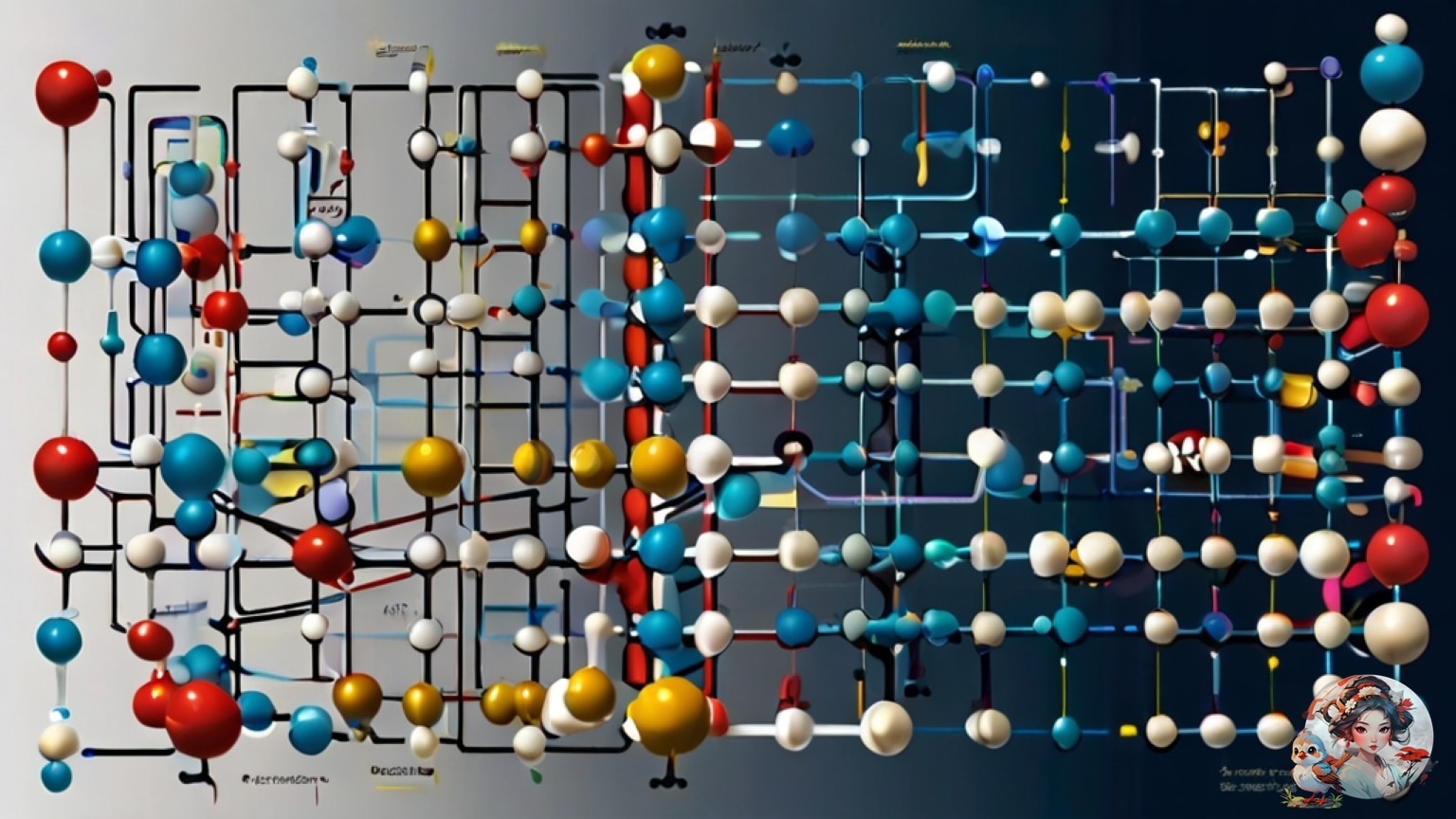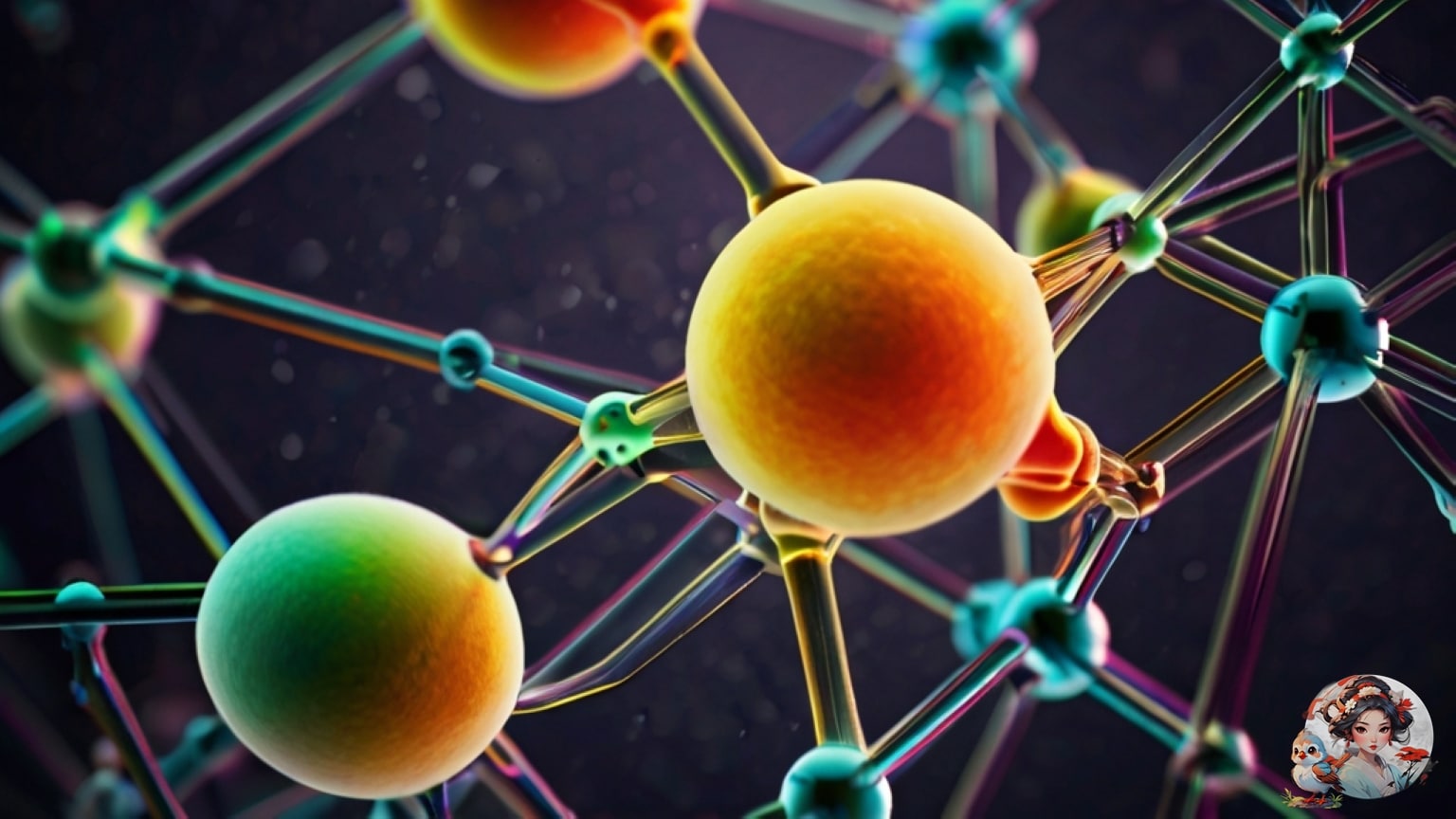Amino acids have always captured the curiosity of scientists due to their diverse structures and important roles in biological processes. These molecules serve as the building blocks of proteins and play a vital part in various physiological functions. As we delve into the world of amino acids, we aim to uncover their complex structure, chirality, naming, classification, special properties, and physicochemical characteristics.
By unraveling the secrets of amino acids, we hope to gain a deeper understanding of their profound impact on biological systems and their implications for scientific research.
Table of Contents
ToggleThe study of amino acids began in the early 1800s, leading to a better understanding of their complex structures and their crucial role in biological processes. Amino acids are now widely used in various industries such as pharmaceuticals, food, and agriculture. In human health, these compounds are essential for protein synthesis, cellular repair, and neurotransmitter function, as well as for metabolic processes and immune system support. Deficiencies in specific amino acids can lead to various health issues, underscoring their importance in maintaining overall well-being.

Understanding their structures and functions has paved the way for targeted amino acid therapies to address health conditions. Ongoing research into amino acid synthesis and applications holds promise for advancing medical treatments and improving human health.
Exploring the differences in the shapes of amino acids and the variety of side chains they have can help us understand more about their structures and functions. This can give us more detailed insights into how they work in biological processes and how they can be used in different industries.
Considering chirality and side chain diversity is really important when designing drugs and working with proteins. It helps us make better treatments and come up with new ideas in biotechnology.
The naming and classification systems for amino acids are crucial for understanding their structural diversity and functional significance. Amino acids are formally named by the IUPAC-IUBMB Joint Commission on Biochemical Nomenclature, and they can be classified based on core structural functional groups, polarity, ionization, and side chain group type. This classification system helps recognize the role of different amino acids in protein synthesis and other biological processes.
Amino acid residues are essential components of human muscles and tissues, contributing to various physiological functions. Understanding the classification of amino acids enables a more precise comprehension of their role in enzymatic catalysis, neurotransmitter transport, and biosynthesis. This systematic approach provides valuable insights into the diverse functions and significance of amino acids in biological systems.
Amino acids have a wide range of characteristics that are essential for their roles in biological systems. The unique side chains of amino acids can impact the shape and folding of proteins, affecting their function and stability.

Furthermore, post-translational modifications like phosphorylation and glycosylation can change the properties of amino acids, influencing how they interact with other molecules and cellular processes. These modifications can also result in shifts in protein localization, activity, and lifespan, showcasing the dynamic nature of amino acid properties within a biological context.
Amino acids have a unique zwitterionic structure, meaning they have both positively and negatively charged functional groups. This structure is pH-dependent, and the isoelectric point (pI) is the specific pH at which the net charge of an amino acid is zero. Understanding the zwitterionic nature and the pI of amino acids is crucial for controlling the physicochemical properties of proteins and their interactions with other molecules.
For example, proteins tend to be least soluble at their pI. This knowledge is valuable for various scientific and industrial applications, as it helps in optimizing protein behavior in solution.
Amino acids’ physicochemical properties are crucial for understanding their roles in protein structure and function. These properties control protein folding and peptide synthesis.
Hydrophobicity and hydrophilicity are vital for protein folding, impacting the three-dimensional structure and stability. Amino acids with hydrophobic side chains are buried within the protein core, while those with hydrophilic side chains face the solvent. These interactions maintain the protein’s conformation and prevent misfolding.
Ionization properties contribute to salt bridges and hydrogen bonds, influencing overall protein structure stability. pH-dependent changes in ionization states can modulate protein-protein interactions and enzymatic activities. Understanding these properties is essential for designing and optimizing peptide synthesis strategies.
Amino acid abbreviations and properties are crucial for understanding the characteristics and functions of these essential protein building blocks. Abbreviations like Ala for alanine and Arg for arginine are used to concisely represent amino acids in various contexts, such as biosynthesis and metabolism. Properties such as side chain characteristics, hydropathy index, molecular mass, and abundance offer valuable insights into how amino acids behave and interact within proteins.

This understanding is fundamental for controlling and manipulating protein function, structure, and stability. Additionally, these abbreviations and properties play a vital role in precise communication within fields like biochemistry, molecular biology, and pharmaceutical research, where accuracy and control are essential.